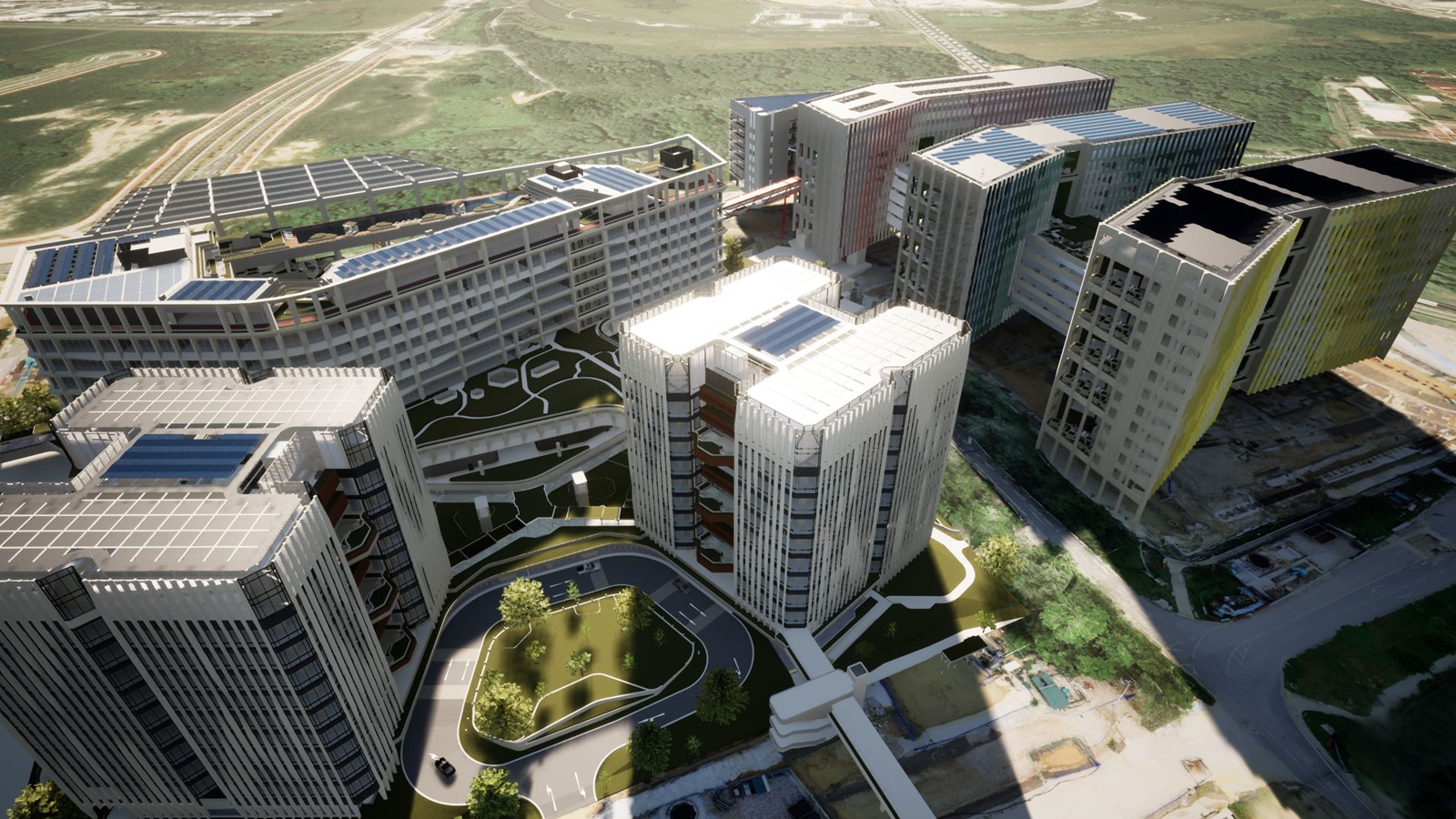The landscape of JTC industrial rental properties in Singapore represents a fascinating example of directed economic evolution—a carefully designed ecosystem where manufacturing, research, and logistics spaces have been cultivated to maximize innovation and productivity. Unlike the random mutations and selective pressures of biological evolution, this industrial ecosystem has been shaped by deliberate policy decisions designed to position Singapore as a competitive hub in the global economy.
The Industrial Property Genome
Understanding Singapore’s Unique Industrial DNA
The industrial property landscape in Singapore bears the unmistakable signature of careful design rather than chaotic development. Like a genome sequenced and modified for specific traits, the industrial space allocation across the island follows patterns optimized for economic function.
“Singapore’s industrial space planning represents one of the most sophisticated examples of economic ecosystem design in the world. The careful allocation of different property types creates specialized niches that foster distinct forms of economic activity.”
This systematic approach manifests in several distinctive characteristics:
- Clustering of complementary industries to encourage knowledge spillover
- Graduated rental structures that mirror business development stages
- Integrated transportation networks connecting industrial zones
- Purpose-built infrastructure tailored to specific industry requirements
- Environmental controls that minimize negative externalities
The Selective Pressure of Land Scarcity
Adaptation in a Resource-Constrained Environment
Singapore’s limited land area creates extraordinary selective pressure on industrial space utilization. This constraint has driven remarkable adaptations in property design and usage patterns that would be unnecessary in less spatially constrained economies.
The evidence of this adaptation appears in multiple forms:
- Vertical industrialization with multi-storey manufacturing facilities
- Intensification of land use through higher plot ratios
- Integration of previously separated industrial functions
- Strict optimization of circulation and loading spaces
- Aggressive recovery and redevelopment of underutilized sites
This adaptation process mirrors, in fascinating ways, the biological adaptations seen in island ecosystems where resource constraints drive specialized evolutionary pathways.
The Industrial Ecosystem Hierarchy
From Start-ups to Established Operations
The industrial property market in Singapore exhibits a clear hierarchical structure that accommodates businesses at different developmental stages—a kind of graduated ecosystem where enterprises can migrate as they evolve.
This hierarchy includes:
- Incubation spaces for early-stage enterprises
- Flexi-factories for scaling operations
- Business park environments for knowledge-intensive activities
- Standard factories for established manufacturing
- Specialized facilities for precision industries
- Dedicated sites for heavy industrial processes
“The gradual progression of space options creates an industrial ladder that enterprises can climb as they develop, ensuring that spatial constraints never become the limiting factor in business growth.”
The Memetic Spread of Industrial Clusters
How Industry Concentration Creates Advantages
The clustering of related industries represents a fascinating example of memetic evolution—where information, practices, and innovations spread through proximity much as beneficial cultural traits propagate through populations.
These industrial clusters generate several measurable advantages:
- Knowledge spillover through formal and informal networks
- Shared talent pools reducing recruitment and training costs
- Supply chain efficiencies through reduced transportation requirements
- Specialized service provider ecosystems
- Accelerated innovation through competitive proximity
The parallels with biological symbiotic relationships are striking and instructive.
The Technological Arms Race in Facility Design
Competing Through Infrastructure
Modern industrial facilities exist in a perpetual state of technological evolution, with each generation incorporating adaptations that enhance productivity and sustainability. This process mirrors the competitive co-evolution seen in biological systems, where adaptation in one species drives complementary changes in others.
Key evolutionary trends include:
- Increased ceiling heights accommodating automated storage systems
- Enhanced floor loading capacities for advanced machinery
- Sophisticated environmental control systems for precision manufacturing
- Integrated digital infrastructure supporting smart factory operations
- Sustainability features reducing energy and resource consumption
These adaptations represent responses to competitive pressures within the global manufacturing ecosystem.
The Economic Natural Selection of Locations
Why Positioning Drives Success
The spatial distribution of industrial properties across Singapore demonstrates clear patterns of economic natural selection, where certain locations thrive due to inherent advantages while others require specialized adaptations to remain viable.
These locational factors include:
- Proximity to transportation nodes and logistics hubs
- Access to specialized labour pools
- Distance from residential areas (for certain industry types)
- Connectivity to complementary business ecosystems
- Availability of supporting infrastructure
This spatial optimization process continues constantly, with properties being repurposed or redeveloped as economic conditions evolve.
The Rental Ecology
Understanding Price as an Adaptive Mechanism
Rental rates in Singapore’s industrial market function as a sophisticated signalling mechanism that guides resource allocation—not unlike the way energy constraints in biological systems direct evolutionary adaptation.
This pricing mechanism creates several important effects:
- Efficient allocation of space to highest-value uses
- Pressure toward space optimization and efficiency
- Incentives for innovation in space utilization
- Natural succession as industries move through development stages
- Selection pressure favouring businesses with sustainable margins
These economic signals create an industrial ecosystem that constantly evolves toward higher productivity and value creation.
Conclusion
The industrial property landscape in Singapore represents one of the most fascinating examples of directed economic evolution in the modern world. Through careful planning, selective incentives, and purposeful development, the industrial ecosystem has been shaped to foster innovation, productivity, and sustainability. This approach has created a unique environment where businesses can find their optimal niche, access appropriate infrastructure, and evolve as their requirements change. For businesses seeking to establish or expand operations in Singapore, understanding this ecosystem is not merely helpful but essential for making optimal decisions about JTC industrial rental properties.

